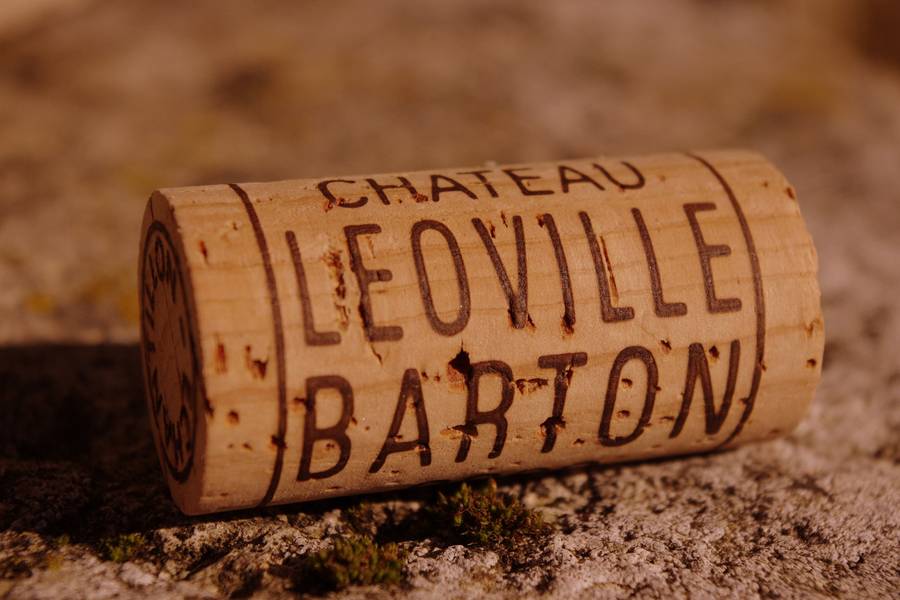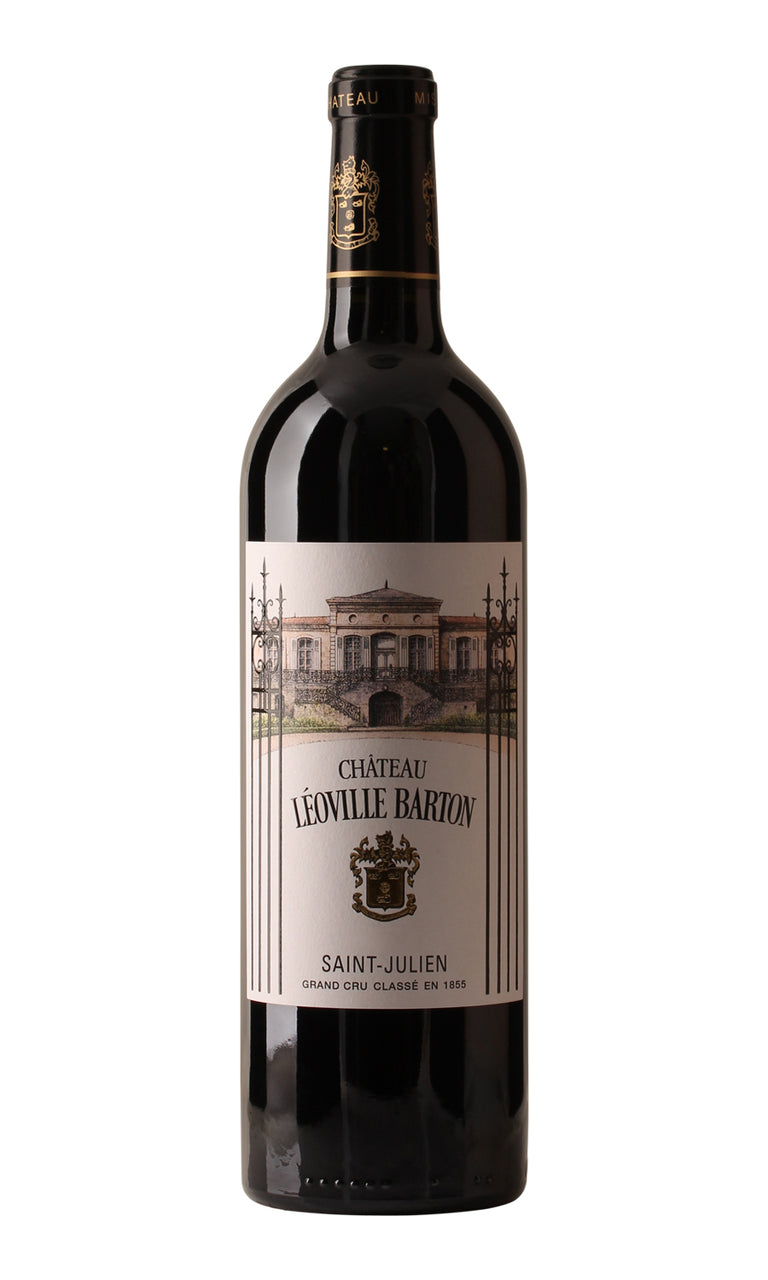- Colour Red
- Producer Château Léoville Barton
- Region St Julien
- Drinking 2007 - 2030
- Case size 12x75cl
- Available Now
1994 - Ch Léoville Barton 2ème Cru St Julien - 12x75cl
- Colour Red
- Producer Château Léoville Barton
- Region St Julien
- Drinking 2007 - 2030
- Case size 12x75cl
- Available Now
Select pricing type
Need help? Call +44 (0)20 7793 7900 or email wine@goedhuiswaddesdon.com.
-
Robert Parker, April 1995, Score: 92-95
After tasting this wine on four separate occasions, it is apparent that Leoville-Barton is one of the great successes of the vintage. Given proprietor Anthony Barton's reasonable pricing policy, this should be one of the knock-out values to consider buying as a "wine future." The color is a saturated black/purple to the rim. The wine exhibits an unformed but gloriously sweet nose of black fruits, minerals, lead pencil, licorice, and vanilla. Terrific concentration is immediately evident in this rich, full-bodied, multidimensional wine. Although there are loads of tannin, the overall impression is one of purity, intensity, and stunning richness, all buttressed and defined by adequate acidity and ripe but noticeable tannin. This should turn out to be not only a classic St.-Julien, but one of the great Leoville-Bartons, possibly surpassing what this property achieved in 1990, 1986, 1985, and 1982. It is a must purchase for Bordeaux enthusiasts! Anticipated maturity: 2005-2030.
-
Robert Parker, April 1996, Score: 91-92
Both the 1994 and 1995 Leoville-Barton were tasted on three separate occasions with identical score ranges. Obviously, Leoville-Barton produced one of the top wines in each vintage. Given the modest pricing policy of proprietor Anthony Barton, these are wines to buy. The 1994 continues to be a classic Leoville-Barton that will repay 20-25 years of cellaring, although it will be drinkable in 5-6 years. The wine possesses an impressively dense, opaque ruby/purple color, as well as a strikingly intense nose of cedar, vanilla, ripe blackcurrants, and spice. Full-bodied, structured, powerful, and muscular, this is the consummate textbook example of a top-notch St.-Julien that is meant for long-term cellaring, yet has enough appeal and sweetness of fruit to be drunk at an earlier age. This beautiful wine is close in quality to the 1990.All of the wines in this segment were tasted between March 19 and March 28 in Bordeaux. Most of the important wines from both the 1994 and 1995 vintages were tasted three separate times during my ten-day stay in Bordeaux. Drink: 2001-2021.
-
Robert Parker, February 1997, Score: 90
It is no secret that Anthony Barton's efforts over the last decade at his St.-Julien estate, Leoville-Barton, is resulting in terrific wines at still reasonable prices. This estate has been extremely successful in recent vintages. An impressive, serious, classic Bordeaux for collectors who are willing to forget about it for at least a decade, this well-endowed offering is a 30-year wine. The dense, murky, purple color, closed aromatics, massive flavor richness, and high tannin recall the old, non-compromised, beefy, blockbuster Medocs produced thirty years ago. However, this wine possesses sweeter tannin, and was made under far more sanitary conditions. It is a classic, but patience is definitely required. Anticipated maturity: 2007-2030.
Producer
Château Léoville Barton
One of the great names in classically styled claret, Léoville Barton has been owned by the same family throughout its entire existence - an unheard of rarity in Bordeaux. Their roots can be traced back to 1826, when Hugh Barton bought 50 hectares of vines in the heart of St Julien and subsequently Château Leoville Barton was made a 2ème Cru Classe in the 1855 classification. Today, the Château is run by Anthony Barton’s dau...Read more
One of the great names in classically styled claret, Léoville Barton has been owned by the same family throughout its entire existence - an unheard of rarity in Bordeaux. Their roots can be traced back to 1826, when Hugh Barton bought 50 hectares of vines in the heart of St Julien and subsequently Château Leoville Barton was made a 2ème Cru Classe in the 1855 classification. Today, the Château is run by Anthony Barton’s daughter Lillian and her son Damien Barton-Sartorius. Unusual for the Médoc region, there is no château based on the property. As a result, the wines are vinified and aged at neighbouring Langoa Barton, which as its name suggests, is also owned by the Barton family.Read less

Region
St Julien
St Julien is like the middle child of the Médoc - not as assertive as Pauillac or as coquettish as Margaux. It lies firmly between the two more outspoken communes and as a result produces a blend of them both. St Julien's wines have often been sought out by aficionados for their balance and consistency, particularly in the UK. Yet due to its middle child nature, it can occasionally be overlooked globally and as a result underrated by those markets outside the UK. Despite the fact that it has no first growths, it has several second growths including Léoville Las Cases, Léoville Barton, Léoville Poyferré and Ducru Beaucaillou as well as the celebrated châteaux such as Talbot and Beychevelle.




